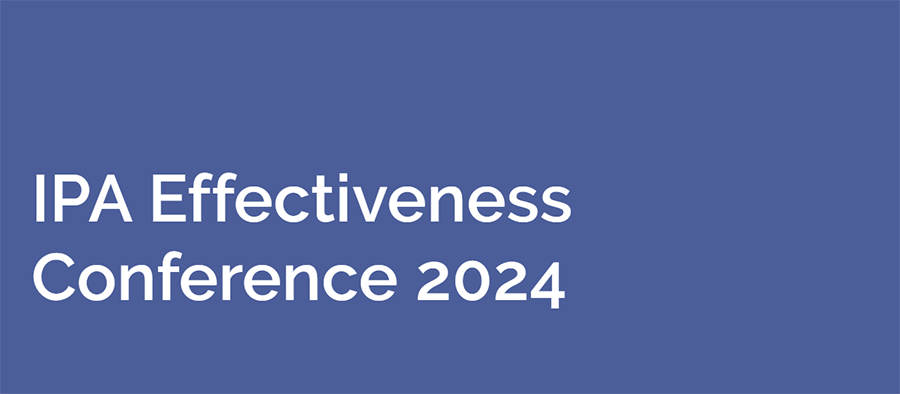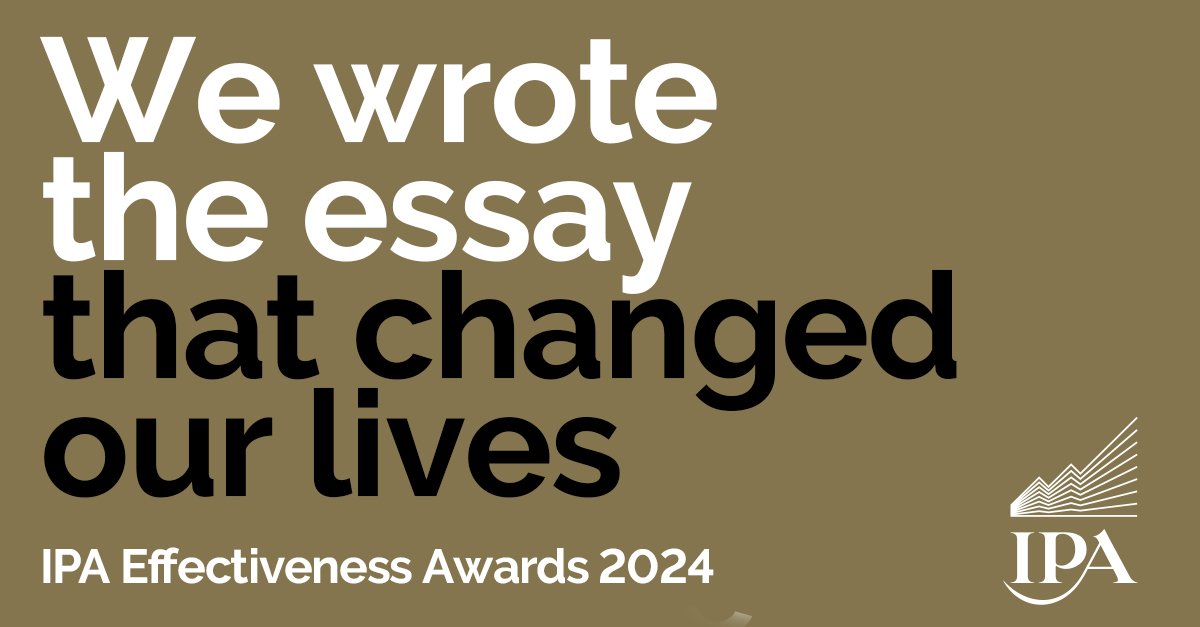As a proud partner of LinkedIn, we always turn up to the latest industry events so we can stay ahead of the trends and insights that enhance our clients’ social marketing strategies. Recently, I attended LinkedIn’s B2Believe, where key discussions highlighted significant trends in the landscape of B2B marketing and influencer engagement.
Here are some crucial takeaways that can help shape your approach.
The growing LinkedIn landscape
LinkedIn now boasts 40 million members in the UK, with six million joining in just the past year. LI’s total global users recently topped 1B. Users are leveraging the platform not only to expand their professional networks and seek job opportunities but also to consume valuable professional content. LinkedIn is where people go to learn how to do their jobs better. So to engage users on the platform your content needs to be valuable to that professional interest: tell them something new and useful.
The power of influence
Understanding the motivations behind B2B influence is vital. Influence extends beyond business – it’s about personal branding as well. People want to see the experts and employees that make your business so special – the presence and expertise of your people and community are key levers.
Embracing AI
Artificial Intelligence (AI) is becoming increasingly integrated into professional profiles, with 142 million members adding AI skills, reflecting a 20% year-over-year increase.
While AI can be overwhelming, especially with two-thirds of UK marketers expressing anxiety about its implications, it’s important to remember that AI is not just a replacement for jobs.
As with previous waves of automation, it’s transforming the job market by creating new roles that didn’t exist a generation ago.
The challenge of consensus in B2B deals
A significant hurdle in B2B transactions is the lack of consensus among decision makers and stakeholders, with over 40% of deals getting stuck at this stage.
Put simply, there is a huge chance a deal will fail because people who influence the decision (such as leadership, procurement or finance) cannot reach consensus in the room on the day.
As highlighted in the Dixon Matthew and Ted Mckenna’s book The Jolt Effect, when decision-makers are overwhelmed, they often settle for “satisficing”. This is when you make a mid-horizon decision that no-one really wants, just because it’s achievable at the time of decision. This rarely leads to optimal outcomes.
B2B marketers need to remember we are not just talking to our end users. There is a complex chain of stakeholders who need to go on your journey in order to smooth out that moment of decision. (Did someone just say ‘brand’? 👀)
The importance of brand recognition
They did indeed! Research indicates that 81% of buyers are aware of a product before making a purchase decision. Moreover, 62% would choose a more familiar vendor over a lesser-known one, even if both offered identical products. This insight underscores the importance of building brand recognition – our focus should be on enhancing visibility rather than merely competing on product and/or price.
Targeting hidden buyers
Identifying and engaging with ‘hidden buyers’ – such as procurement and legal teams – can greatly influence positive purchasing decisions. These stakeholders account for 49% of the influence in the buying process. If you are not talking to them, you are missing out on half your audience.
Video engagement: A game changer
Video content remains a dominant force in digital marketing. Notably, 60% of social media time is spent on videos, with viewers retaining 95% of messages delivered through this medium compared to just 10% for text. By leveraging video in our campaigns, we can significantly boost engagement and information retention.
Maximising event and content strategies
LinkedIn’s insights reveal that thought leader ads have a 2.3x higher click-through rate, and live event advertisements provide opportunities for targeted engagement before, during, and after events. Additionally, a 41% increase in members posting content in the past year indicates a shift towards more authentic and relatable content, particularly from the fast-growing Gen Z demographic who are now a key audience in B2B marketing.
Aligning with company values
In today’s volatile social landscape, aligning with influencers whose values match your company’s is critical. As conversations increasingly dive into ethics and political stances, ensuring a thorough vetting process for potential partnerships is essential. You will be asked about sustainability, and you do need to have a compelling answer – and a vision behind it.
Your long-term vision of B2B marketing
In our pursuit of results, it’s vital to adopt a long-term perspective. Expect that while 5% of results may materialise immediately, the remaining 95% will come with time and continued effort.
Bringing these insights into your marketing strategy highlights how central the role of social is in meeting in reaching those hidden buyers who sit just outside your direct sales funnel – but have a huge influence over its outcomes.
Anything is Possible’s outstanding partnership with LinkedIn puts us right at the forefront of B2B marketing and other industry developments, meaning we can put out clients well ahead of the pack





